Spanning thousands of square kilometres, Sumatra is Indonesia’s wild and wonderfully diverse western giant. From volcanic lakes and dense rainforests to vibrant cities and remote highlands, this island offers every kind of adventure.
Because Sumatra is so vast and varied, it may be overwhelming to choose where to go. Here’s your practical guide to the main areas, what to see, and how to make the most of your visit.
Also read: 10 Best Hiking Trails in Thailand for You to Explore
Northern Sumatra: Culture, volcanoes and lakes
Medan: A lively cultural crossroads
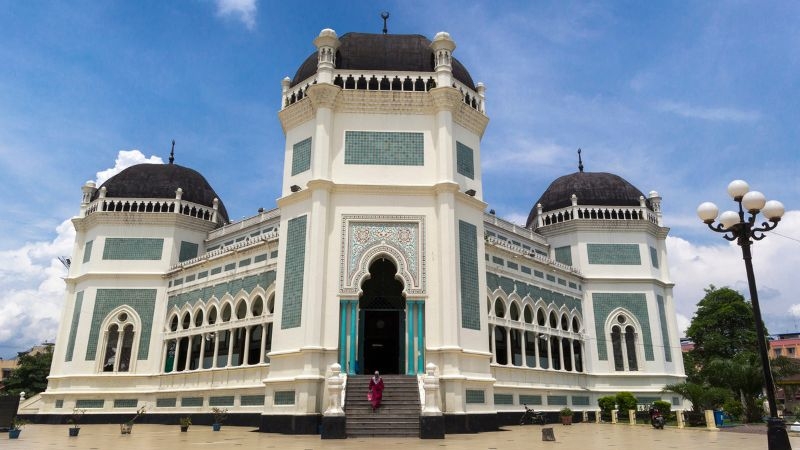
Image credit: Herusutimbul | Wikimedia
Medan, the region’s largest city, is a fascinating blend of Batak, Malay, Chinese and Indian influences.
Wander past colonial buildings, sample street snacks like martabak, and try the famous Bika Ambon, an airy, honeycomb-textured cake unique to this region.
Lake Toba and Samosir Island: Volcanic beauty and Batak traditions
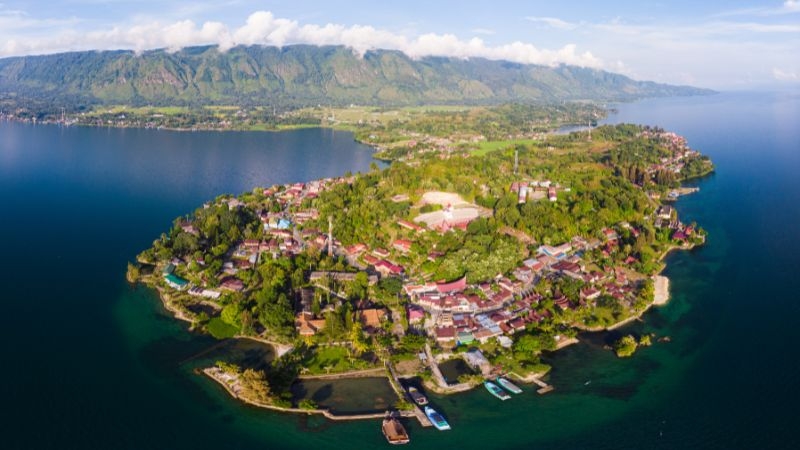
Image credit: fbxx via Canva Pro
Just a few hours from Medan, Lake Toba is the crown jewel of Northern Sumatra. This immense volcanic lake surrounds Samosir Island, where travellers can explore Batak villages, enjoy laid-back lakeside stays, and visit local handicraft markets.
Berastagi: Markets, mountains and a cool climate
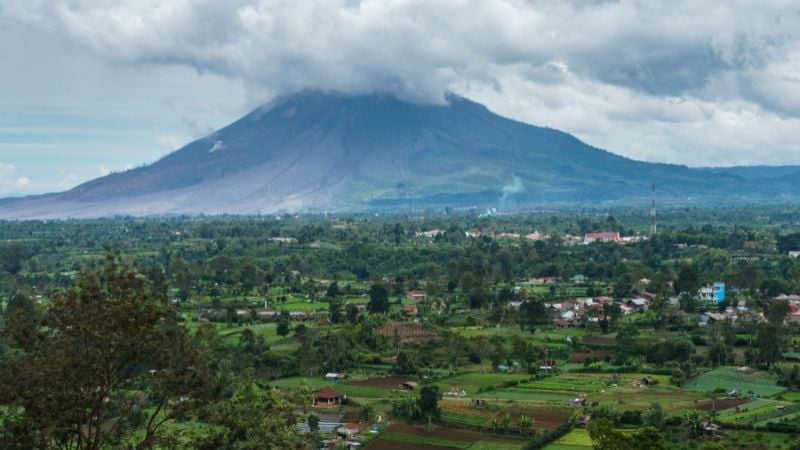
Image credit: Edgaras Sarkus via Canva Pro
Set in the highlands, Berastagi is popular for its fruit markets and easy access to two active volcanoes.
A sunrise hike up Mount Sibayak rewards you with crater views and natural hot springs, while Mount Sinabung looms more dramatically on the horizon, often smouldering in the distance.
Banyak Islands
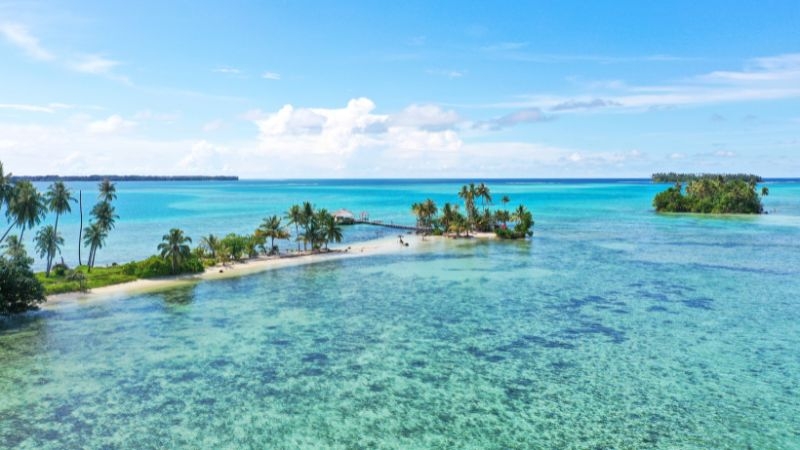
Image credit: Arief Poedjianto via Canva Pro
If you’re up for a true off-grid experience, consider heading to the Banyak Islands. Tucked off the coast of Aceh, this remote archipelago is all white-sand beaches, crystal-clear waters and laid-back island life.
Popular with intrepid snorkellers, surfers and turtle conservation volunteers, the Banyaks are still largely untouched by mass tourism. Getting there involves some effort—typically via Singkil and a boat transfer—but the reward is an uncrowded, castaway-style escape far from the usual trail.
Western Sumatra: Minangkabau culture and island escapes
Padang: Culinary capital of Sumatra
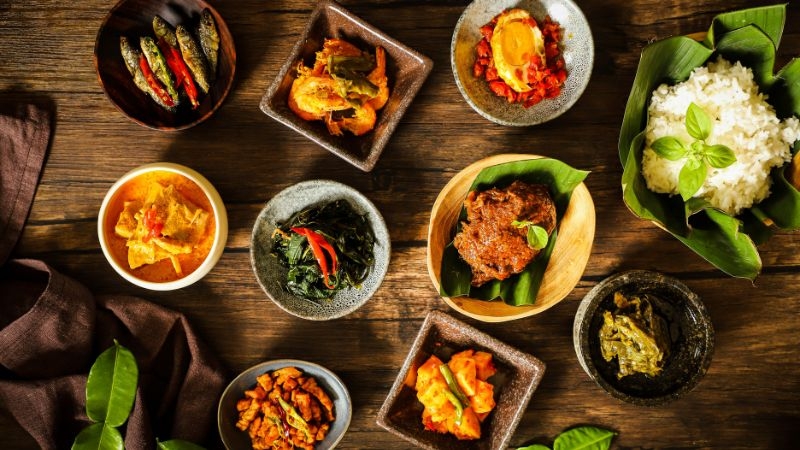
Image credit: MielPhotos2008 via Canva Pro
Padang is known across Indonesia for its food, especially our favourite nasi padang! The city itself is coastal, with access to quiet beaches and offshore islands, and acts as the jumping-off point to the Mentawai Islands.
Mentawai Islands: Surf and indigenous traditions
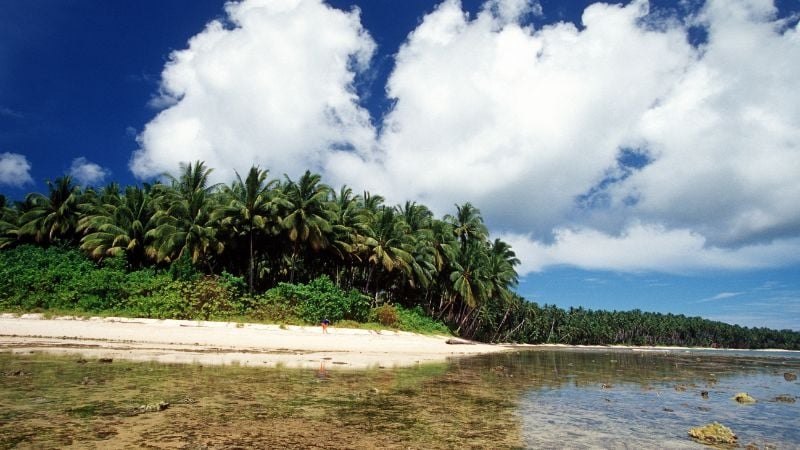
Image credit: tropicalpixsingapore via Canva Pro
A dream destination for surfers, the Mentawai Islands are remote and wild. Aside from catching world-famous waves, you can also arrange visits to traditional villages where the Mentawai people maintain tattooing customs, spiritual rituals, and forest-based lifestyles.
Bukittinggi and Harau Valley: Highland charms
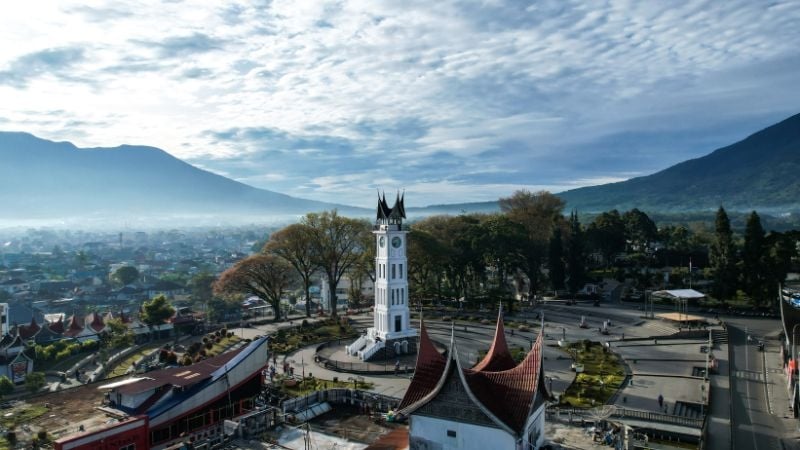
Image credit: syahrir maulana via Canva Pro
Inland, Bukittinggi is the cultural heart of the Minangkabau people. Its markets, clock tower (Jam Gadang) and Dutch colonial legacy make it a charming stop full of history.
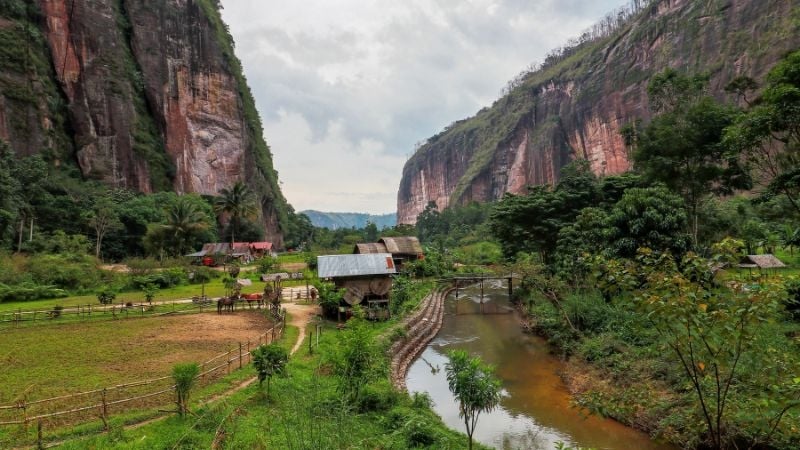
Image credit: Niken Damayanti via Canva Pro
The nearby Harau Valley features towering cliffs, rice paddies, and gentle treks to waterfalls, ideal for a slower-paced, scenic escape.
Also read: The Best 2025 Holiday Destinations in Southeast Asia for Rest, Wellness and Relaxation
Central Sumatra: Remote volcanoes and rainforest wildlife
Mount Kerinci: A volcano for serious trekkers

Image credit: Randa Nofri Salman via Canva Pro
Mount Kerinci, Indonesia’s highest volcano, attracts climbers seeking a multi-day trek through dense jungle and up to the summit. The views over Kerinci Seblat National Park are unmatched, and the region is teeming with rare wildlife.
Kerinci Seblat National Park: Jungle exploration
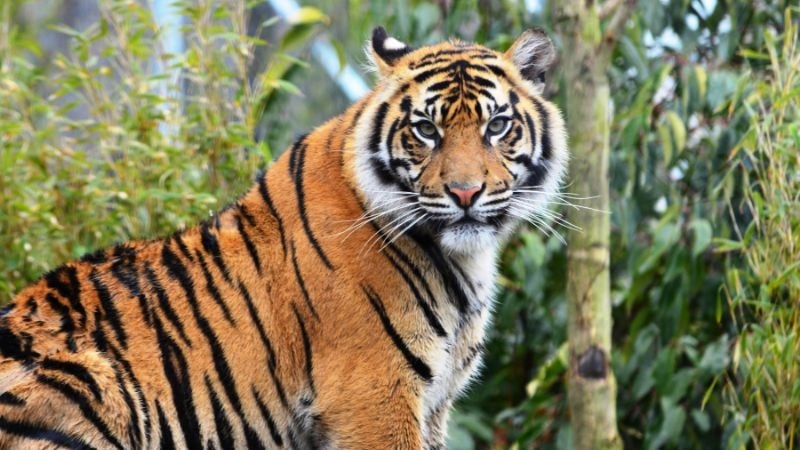
Image credit: SteveBridge68 via Canva Pro
Covering four provinces, this national park is one of Southeast Asia’s largest and most biodiverse.
Guided treks offer opportunities to spot hornbills, rafflesia flowers, and, if you’re lucky, endangered Sumatran species like Sumatran tigers, clouded leopards, sun bears and Sumatran orangutans.
Pekanbaru and mainland Riau: Off-the-beaten path
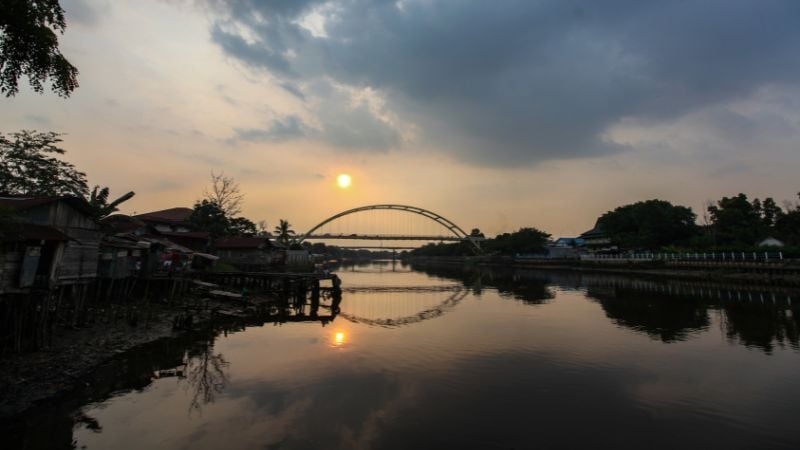
Image credit: Imam Fahroji via Canva Pro
While Pekanbaru is more industrial, it serves as a base for exploring lesser-known destinations in the mainland Riau province.
From river cruises along the Siak River to historical sites like Muara Takus Temple, this under-visited region offers rewarding experiences for travellers looking to go beyond Sumatra’s usual tourist trail.
Southern Sumatra: Historic cities and conservation
Palembang: River life and Sriwijaya heritage
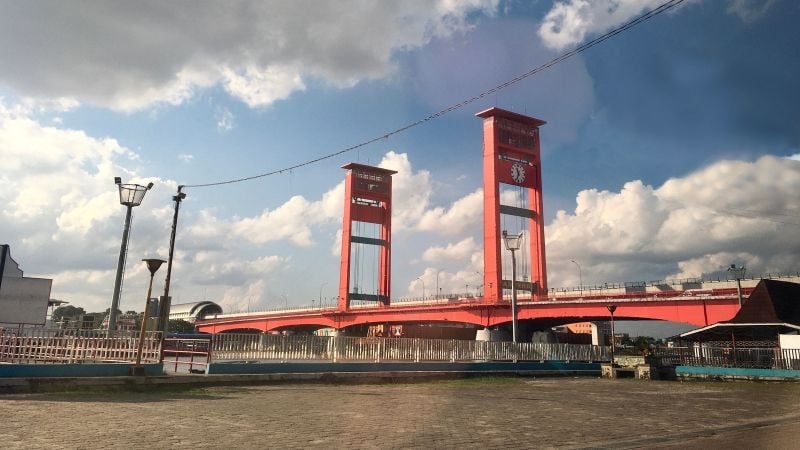
Image credit: Vinna Millicent via Canva Pro
One of Indonesia’s oldest cities, Palembang is built along the wide Musi River. Here, you’ll find remnants of the ancient Srivijaya civilisation and riverfront stilt houses.
You’ll also find the city’s beloved dish, Pempek, a savoury fishcake often served with sweet vinegar sauce.
Way Kambas National Park: Endangered wildlife encounters

Image credit: dovis sangkuto via Canva Pro
Lampung’s best-known attraction is Way Kambas National Park, home to Sumatran elephants and a rhino sanctuary. Visitors can join ethical wildlife experiences and conservation education programmes.
Lampung coastline: Beaches and marine life
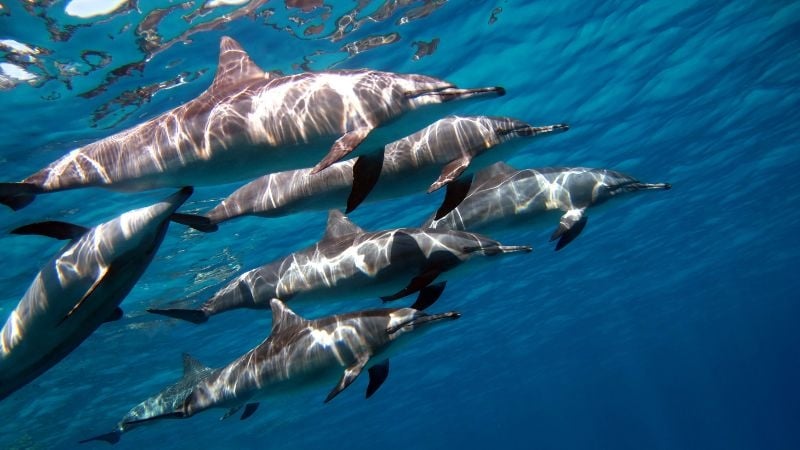
Image credit: Vitalii Kalutskyi via Canva Pro
Lampung also boasts scenic beaches like Kiluan Bay, where dolphin watching is popular, and white-sand islands perfect for snorkelling and relaxing.
Essential travel tips for exploring Sumatra
Getting there
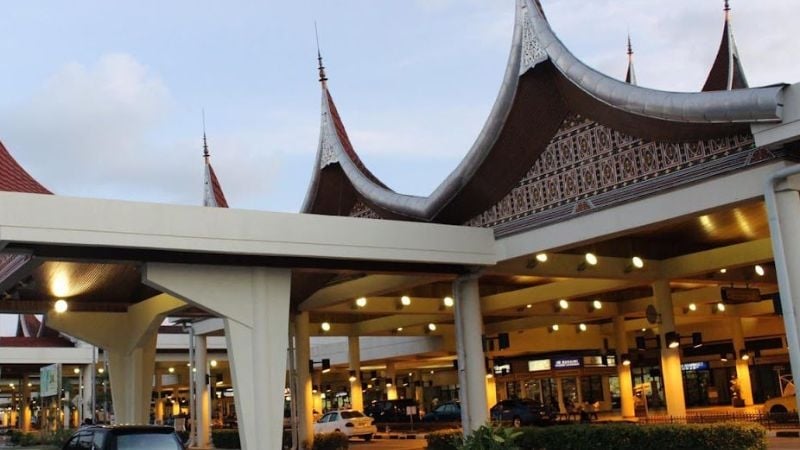
Image credit: Minangkabau International Airport Official Website
Sumatra is easily accessible by air, with several international airports across the island. From Singapore, you can fly directly to Medan (Kuala Namu International Airport) and Padang (Minangkabau International Airport), making Northern and Western Sumatra convenient starting points.
Other major cities like Palembang and Pekanbaru also receive flights from Kuala Lumpur and Jakarta, and can be reached via domestic connections.
Getting around
- Flights connect major cities like Medan, Padang, Pekanbaru and Palembang.
- Buses and private cars cover long distances, but roads can be winding and slow.
- Ferries are necessary for reaching islands like Samosir and the Mentawais.
When to Visit
- Dry season: May to September offers the best weather, especially for trekking and wildlife watching.
- Wet season: Rain can affect travel plans, but also means fewer crowds.
Accommodation
Options range from homestays and eco-lodges to upscale resorts in coastal and urban areas. It’s best to book in advance in popular places like Lake Toba or Bukittinggi.
Local Etiquette
- Dress modestly, especially in villages and mosques.
- Greet with a smile and use your right hand for giving or receiving.
- Learn a few Bahasa Indonesia phrases, it goes a long way with locals
Also read: The Top 10 Best Places to Visit in Indonesia Other Than Bali
Why Sumatra deserves a spot on your itinerary
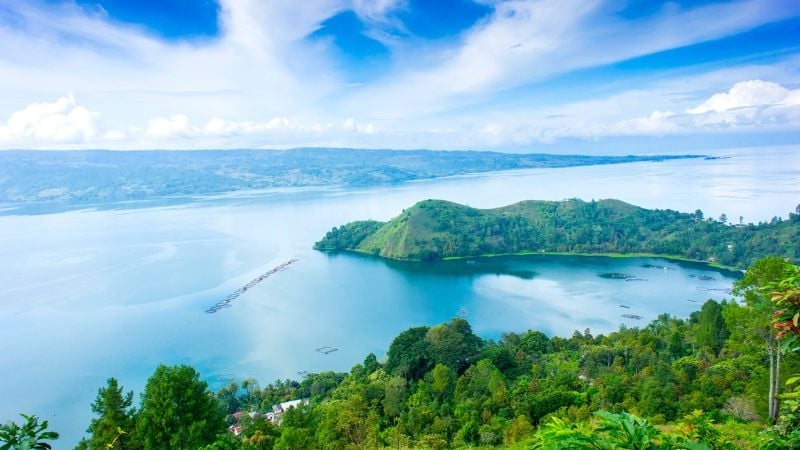
Image credit: sydeen via Canva Pro
Sumatra might feel a little daunting at first, and in many ways, it is. It’s wild, sprawling, and less tourist-ready than other parts of Indonesia. But that’s also what makes it so rewarding to explore.
This is a destination best suited for nature lovers and curious travellers who don’t mind bumpy roads and a bit of unpredictability. If you’re looking to try something different, this is the place to do it. We hope this guide helps you to take your first step there!




